The Other Side of the Coin: Explaining Crossnational Similarities Between Social Movements
This exploratory essay provides a general framework for the study of crossnational similarities among social movements by looking at three broad social processes: globalization, structural affinity, and diffusion. Each of these concepts is at the core of three apparently rival explanations of movement similarities. The globalization model explains similarities among social movements as a product of similar movement reactions to transnational political opportunities; the structural affinity model states that similar national political opportunity structures account for similarities among social movements across countries; and the diffusion model argues that the adoption of information from abroad causes similarities among social movements in different countries. This essay integrates three concepts in a general model of crossnational similarities among social movements. The model is illustrated with data on new social movements in four West European countries.

